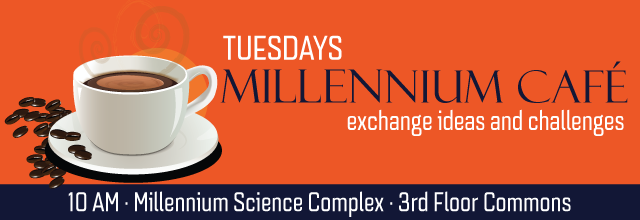
We are very excited to announce a call for projects to enable transformative research at the interface of chemistry and life sciences. This initiative is generously supported by the Benkovic Family Foundation and administered by Department of Chemistry in the Eberly College of Science and Penn State’s Huck Institutes of the Life Sciences. We will give a short overview of the call. Proposals must have potential for rapid and high impact at the broad intersection of chemistry and the life sciences. Deadline Nov. 1, 2021.
